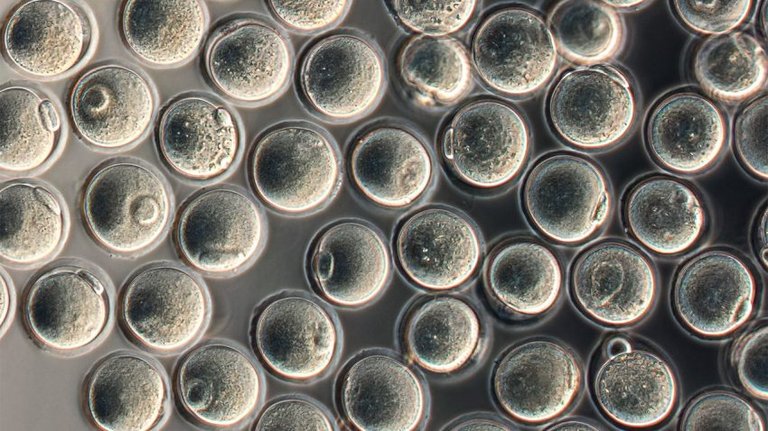Laboratory creates viable mouse eggs

Japanese researchers have managed to create laboratory eggs from surface cells. This is the first time that the entire process is done in the laboratory. And healthy descendants have come out of these eggs. The work has been published in the journal Nature.
The team led by Katsuhiko Hayashi of Kyushu University has been working on this line for years. In a study published in 2012, they showed viable eggs, both from embryonic stem cells and stem cells formed by reprogramming of superficial cells. In both ways primordial germ cells were obtained, which if developed will become sperm or eggs. In this case, to convert them into eggs, they introduced them into the ovaries of mice.
Now they have also managed to make this last step in the laboratory. Instead of introducing primordial germ cells into the ovaries, they have placed them in the laboratory between the cells extracted from the ovaries of the mouse fetuses. In each of these laboratory “ovaries” they have managed to develop about 50 eggs. About 75% of the eggs generated had a normal amount of chromosomes. And some of them mixed with sperm were formed 300 embryos. These were introduced to the mouse females and 11 pups were removed. Thus, 3% of embryos advanced. In vitro fertilization with direct extraction of eggs to mice is usually around 60%.
Born offspring are healthy and fertile, as researchers claim they have had descendants. The next goal of the researchers is to avoid extracting ovarian cells from the mouse fetuses. To do this, they try to get a reagent to replace these cells.
Buletina
Bidali zure helbide elektronikoa eta jaso asteroko buletina zure sarrera-ontzian











